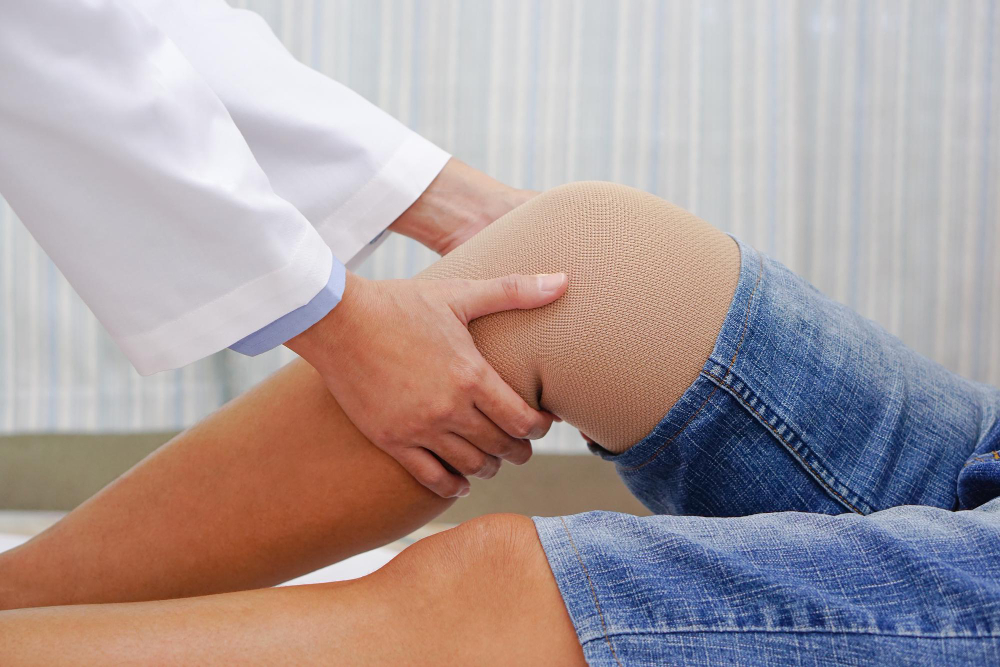Knee Pain Physiotherapy Treatment
How the Physiotherapy Treatment in Gorakhpur treat for knee pain
Physiotherapy helps to restore mobility and normalcy in a patient’s life after they are affected by an injury, disease, or disability. A physiotherapy session comprises manual therapy, advising, and educating the patient. Knee Pain Physiotherapy Treatment in Gorakhpur can benefit a patient of any age by managing further pain and preventing injuries or diseases. Physiotherapy helps patients improve and maximize their physical strength, functioning, and general well-being while treating the underlying issues.

Knee pain can be rather troubling and can arrive with signs around the knee joint – knee swelling, left knee pain, back of knee pain, right knee pain, and pain near the knee cap; attended by immobility and joint pain. This pain could be generated due to a mixture of factors, including Osteoarthritis knee, meniscus tear, runners’ knee, bursitis knee, knee ligament wound and knee wound, among others.
Doctors for Knee Pain Treatment in Gorakhpurhave seen a very high success rate. This post tries to support you in understanding knee pain and treatments for joint pain. Our physiotherapists also communicate tips and home treatments for knee pain. If the pain continues, contact Vaishno Physiotherapy near your Gorakhpur City, and our physio will address all your knee problems based on a thorough examination of your knee.
How is Physiotherapy done?
Physiotherapy for Knee Pain in Gorakhpur may use various methods specified by the injury sustained and the particular situation being treated. The most typical of them are:
-
Manual manipulation: Pushing the soft tissues and the joints to better circulation, flushes excess bodily fluids, and relaxes overly tight muscles and spasms.
-
Electrical stimulation of the nerves: Delivering electric currents in restrained passion to the impacted part enables it to prevent the pain signals, thus controlling them from getting to the brain.
-
Acupuncture: This is a perfect way of stimulating the CNS while dampening the pain and loosening tight muscles.
-
Demonstration: Educating and demonstrating good movement patterns to patients to support them in recuperating independently.
-
Functional testing: This concerns the patient discussing their physical activities to assess their situation better

